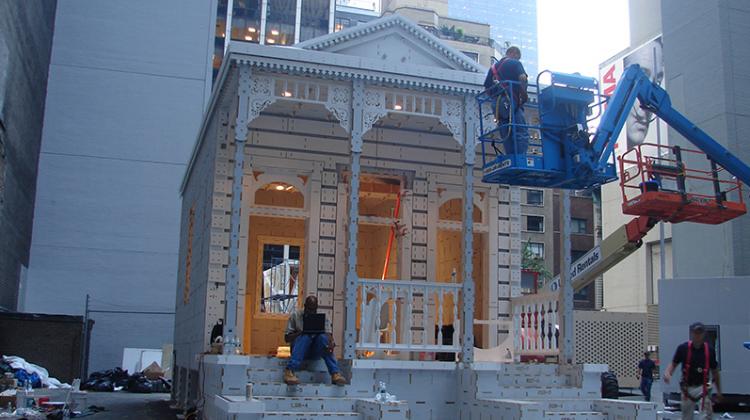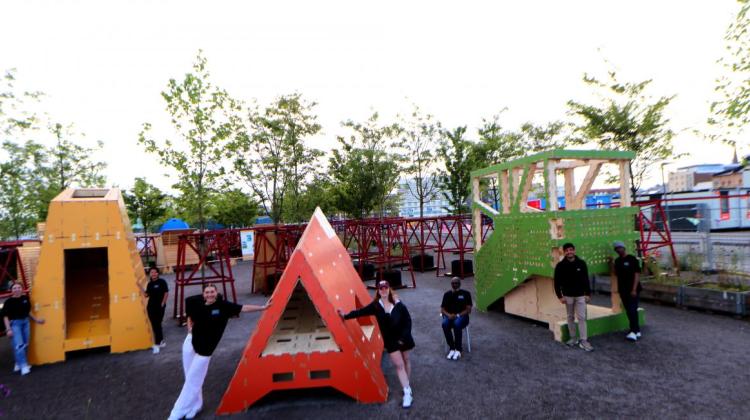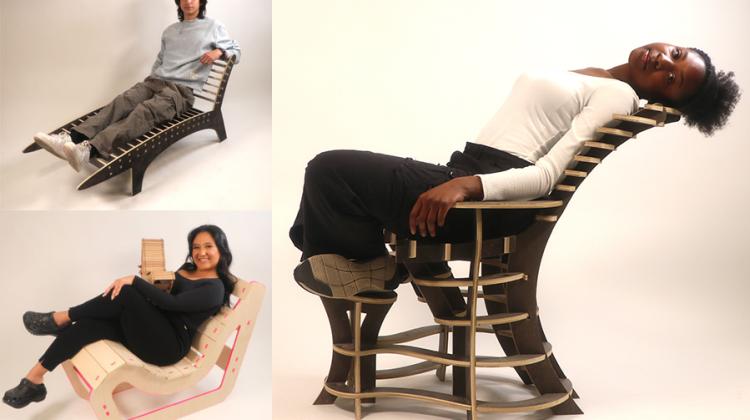Lawrence Sass
Larry is a designer and researcher in the Department of Architecture at MIT. He is a pioneer in the field of design and digital fabrication for low-cost housing, having discovered a low-cost method of single-family home construction using computation and digital fabrication (DFG). The impact of his research has been the production of knowledge related to the idea that home delivery is possible with computers and robotics across all scales. Larry's concept of computation focuses on learning more about the geometric decomposition of 3D forms into Lego-like, digital elements manufactured by computer-controlled machines. He was the first to publish the idea of geometric decomposition as a wooden housing in 2006 and exhibited another version of this idea at the Museum of Modern Art in 2008. The MoMA exhibition showcased many principal ways to construct a building digitally (Link). In particular, the idea of Snap Assembly building construction. A number of startups focused on digitally fabricated housing have emerged since his exhibition at MoMA.
Larry also developed the concept for scalable software operations for very large-scale fabrication in 2010. Afterward, he developed large-scale planar modeling software with his Singapore-based research partner Professor Lujie Chen. The idea was to discover a system that decomposes a 3D form into Snap Assembly elements. Together Larry & Lujie Co-founded LuBan3D a software system that applies the basic principles of object scaling for manufacturing by geometric decomposition. Thousands of people use LuBan 3D to build large scale 3D models with traditional 3D printers and laser cutters.
He earned his B.Arch at Pratt Institute ('90) in New York, a master’s ('94) and PhD ('00) at MIT and is a current MacVicar Faculty Fellow. His current focus is on expansion of digital fabrication by discovery of newAI and robotic systems that aid the enterprise of home production with computers.





